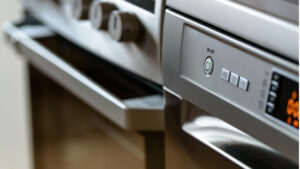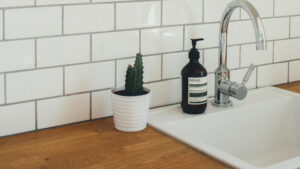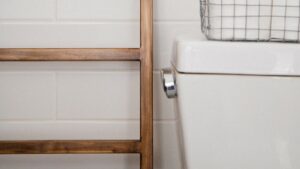When Should I Replace My Home Appliances?
Our home appliances allow us to cook, keep our food fresh, and do a lot of chores more efficiently and faster. They provide a lot of conveniences that without them, we will have a hard time functioning properly.
Because of our reliance on various home appliances, we are so used to them being around that we tend to forget when we bought them, and even neglect to maintain and clean them properly.
However, if you are now asking yourself “When should I replace my home appliances?”, the first thing you have to do is to find out how old they are. If you kept the receipts, simply check the date.
In case the appliances you have in your home were installed by the previous owner, look through the paperwork that you signed when you bought the house or try to find the original listing. The past owner may have written the age of all the major appliances on these documents. He or she might have also left behind the original paperwork for the appliances which will have the date of purchase and installation.
Pros from a Fox Valley plumbing company say if you can’t find any of these documents, look for the label on your appliances. The label will have the date when the appliance was manufactured. This may be an actual date with a month and year or the info is coded into the serial number.
Lifespan of Home Appliances
Once you know the date when the appliances were bought or manufactured, you need to know how long they can be functional and cost-efficient devices to have at home.
Tureks Plumbing shares below the average lifespans of the most common household appliances:
- Refrigerator – 8 to 15 years
- Stove – 10 to 15 years
- Microwave oven – 5 to 10 years
- Washing machines – 8 to 12 years
- Dryer – 11 to 18 years
- Dishwasher – 8 to 10 years
- Garbage disposal – 10 to 15 years
Should You Replace or Repair Your Appliances?
If an appliance has already passed its minimum lifespan and it is still working properly, you can continue using it. Our friends at Gilmore Heating & Air, a residential ac company in Placerville, adds that regular maintenance can prolong its quality and usability. Stay on top of maintenance just like you do with your heating and cooling system.
However, if the appliance won’t turn on at all, it could mean it is beyond repair. So, it’s time for a replacement from an expert. Although the appliance may work after being repaired by a professional, you have to way out the pros and cons. If you are continuously having the appliance repaired at a high price, you might as well get a new one.
A good rule of thumb to remember is that if the repair will cost over half of what a new appliance would cost, it is best to get a replacement. If you have any questions or concerns, be sure to contact us.




